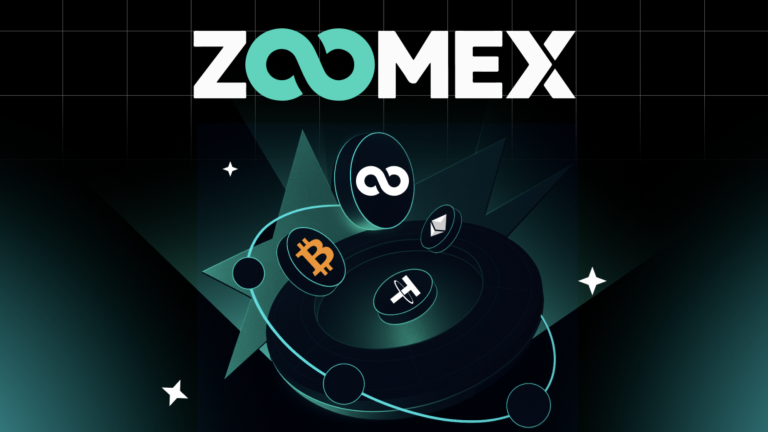
The Future of Work: Trends to Watch in 2025
The Future of Work is rapidly changing, with technological advancements, shifting workforce demographics, and evolving employee expectations. As we approach 2025, it’s essential to stay ahead of the curve and understand the trends that will shape the future of work.
Section 1: Introduction to the Future of Work

The future of work is a complex and multifaceted concept that encompasses various aspects, including technological advancements, workforce demographics, and employee expectations. With the rise of artificial intelligence, automation, and the gig economy, the traditional 9-to-5 work model is no longer the only option. In this section, we’ll explore the key drivers of the future of work and their impact on the workforce.
Technological Advancements

Technological advancements, such as artificial intelligence, blockchain, and the Internet of Things (IoT), are transforming the way we work. These technologies are automating routine tasks, enhancing productivity, and enabling remote work. As a result, employees can focus on high-value tasks that require creativity, problem-solving, and critical thinking.
Shifting Workforce Demographics

The workforce demographics are shifting, with an increasing number of millennials and Gen Z employees entering the workforce. These generations have different expectations, values, and work styles compared to their predecessors. They prioritize flexibility, work-life balance, and opportunities for growth and development.
Section 2: Trends to Watch in 2025

In this section, we’ll explore the top trends to watch in 2025, including the rise of remote work, the gig economy, and the importance of upskilling and reskilling. We’ll also discuss the impact of technological advancements, such as artificial intelligence and blockchain, on the workforce.
Remote Work

Remote work is becoming increasingly popular, with more employees working from home or remote locations. This trend is driven by the need for flexibility, work-life balance, and the availability of digital tools that enable collaboration and communication.
The Gig Economy

The gig economy is growing, with more employees engaging in freelance or contract work. This trend is driven by the need for flexibility, autonomy, and the desire for a better work-life balance.
Upskilling and Reskilling

Upskilling and reskilling are becoming essential for employees to remain relevant in the job market. With technological advancements, employees need to acquire new skills to adapt to changing job requirements and stay competitive.
Section 3: Preparing for the Future of Work

In this section, we’ll explore the strategies that organizations and employees can use to prepare for the future of work. We’ll discuss the importance of embracing technological advancements, investing in employee development, and fostering a culture of innovation and experimentation.
Embracing Technological Advancements

Organizations need to embrace technological advancements, such as artificial intelligence and blockchain, to enhance productivity, efficiency, and innovation. Employees need to acquire the skills to work with these technologies and adapt to changing job requirements.
Investing in Employee Development

Organizations need to invest in employee development, providing opportunities for upskilling and reskilling. This includes training programs, mentorship, and coaching to help employees acquire new skills and adapt to changing job requirements.
Fostering a Culture of Innovation and Experimentation

Organizations need to foster a culture of innovation and experimentation, encouraging employees to think creatively, take risks, and experiment with new ideas. This includes providing resources, support, and autonomy to enable employees to innovate and drive business growth.




